Dealing with separation - AC Joint Injury and how to cope.
posted: Jul. 08, 2021.
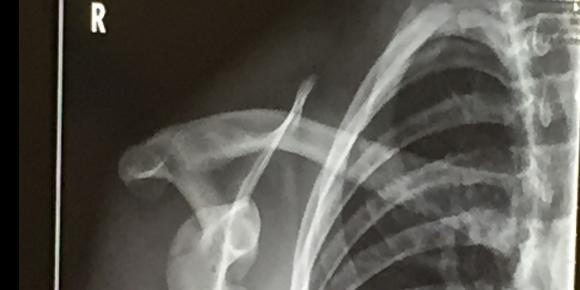
AC Joint Separation
Around Bozeman, we tend enjoy the outdoors at high speed. Mountain Biking, skiing, snowboarding, hockey, and other sports that involve high speeds, carry risk for traumatic injury to the shoulder and other joints.
An AC joint separation, or “shoulder separation” is typically the result of a hard impact to the top of the shoulder. There are ligaments at the point of the clavicle (collarbone) which tie it into the scapula (shoulderblade) in order to create the shoulder “socket”. A shoulder separation is tearing or spraining of these ligaments. This type of shoulder injury is different than a shoulder dislocation. Typically in a shoulder separation, the “ball” on the top of the arm bone remains in the “socket” of the shoulder, but the collarbone often becomes excessively mobile, or unstable.
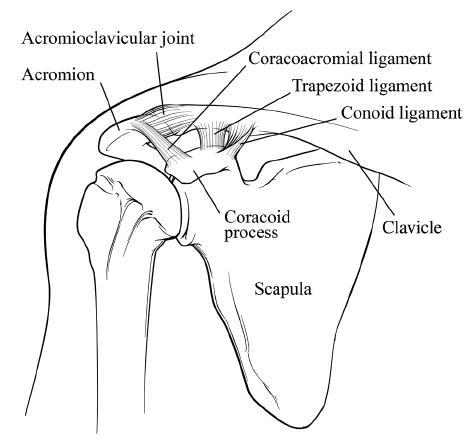
The three ligaments attach the Acromion (part of the shoulderblade) to the clavicle. AC separations are graded based on the degree of separation and extent of ligament tear:
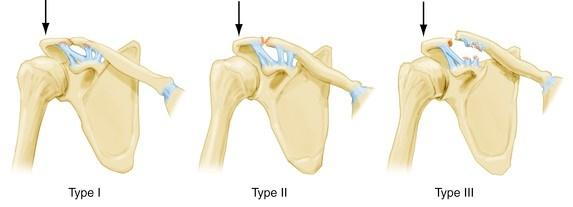
Grade I
-Minimal “stretching” of the AC ligaments
-Most often heal in 1-2w without need for surgery or rehab
Grade II
-Partial tearing (spraining) of the AC ligaments
-Most often heal in 3-4 weeks without need for surgery
-Typically will need strengthening or rehab for full recovery.
Grade III
-Complete separation and tear of all AC ligaments
-A visible bump caused by the separated AC joint may be seen or felt at the tip of the shoulder bones.
-Sometimes surgical reconstruction is undertaken
-Surgical cases typically heal in 8-12 weeks
There are 3 types of reconstruction for AC separations:
Modified Weaver-Dunn
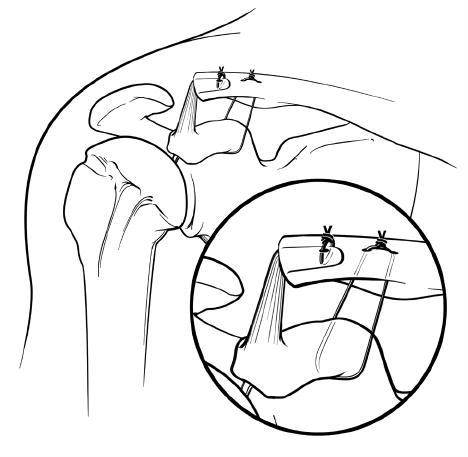
Single Clavicular Tunnel
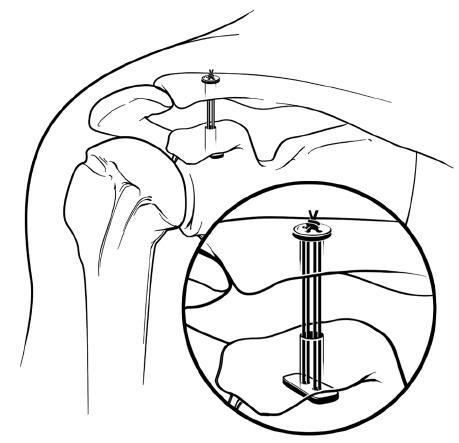
Double Clavicular Tunnel
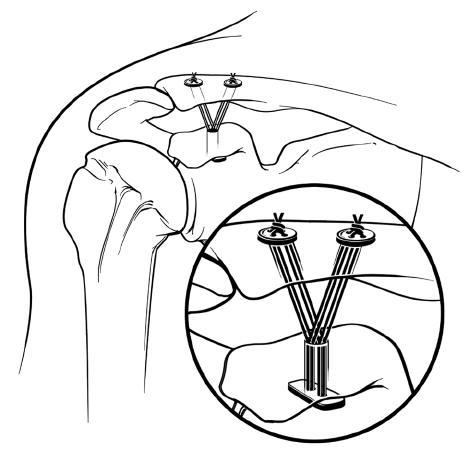
The Single Clavicular tunnel reconstruction was shown to have better stability than the older Modified Weaver-Dunn, and the same stability as the double clavicular tunnel surgery.
Controversy
There is some debate in the medical community whether surgical reconstruction actually improves use of the shoulder.
in 2011, a meta-analysis of available research was undertaken to study the effectiveness of AC joint reconstruction. According to Smith et al, operative reconstruction of a grade III AC tear provided "...no difference in strength, pain, throwing ability and incidence of acromioclavicular joint osteoarthritis compared to non-operative management."
Special thanks to Coach Steven Hunter of Belgrade High School Football for the beautiful x-ray of a blown out AC joint on one of his players.
Call us: 406-551-2177
Schedule online at: https://appointments.mychirotouch.com/?clinic=GVCL0001
AC separation images thanks to:
Wikimedia Commons
Surgical reconstruction images thanks to:
Beitzel, Knut & Obopilwe, Elifho & M Chowaniec, David & E Niver, Genghis & Nowak, Michael & T Hanypsiak, Bryan & J Guerra, James & A Arciero, Robert & Mazzocca, Augustus. (2011). Biomechanical Comparison of Arthroscopic Repairs for Acromioclavicular Joint Instability: Suture Button Systems Without Biological Augmentation. The American journal of sports medicine. 39. 2218-25. 10.1177/0363546511416784.
Smith TO, Chester R, Pearse EO, Hing CB. Operative versus non-operative management following Rockwood grade III acromioclavicular separation: a meta-analysis of the current evidence base. J Orthop Traumatol. 2011;12(1):19-27.